National Library Week
Ben Martin Horst | Posted on |
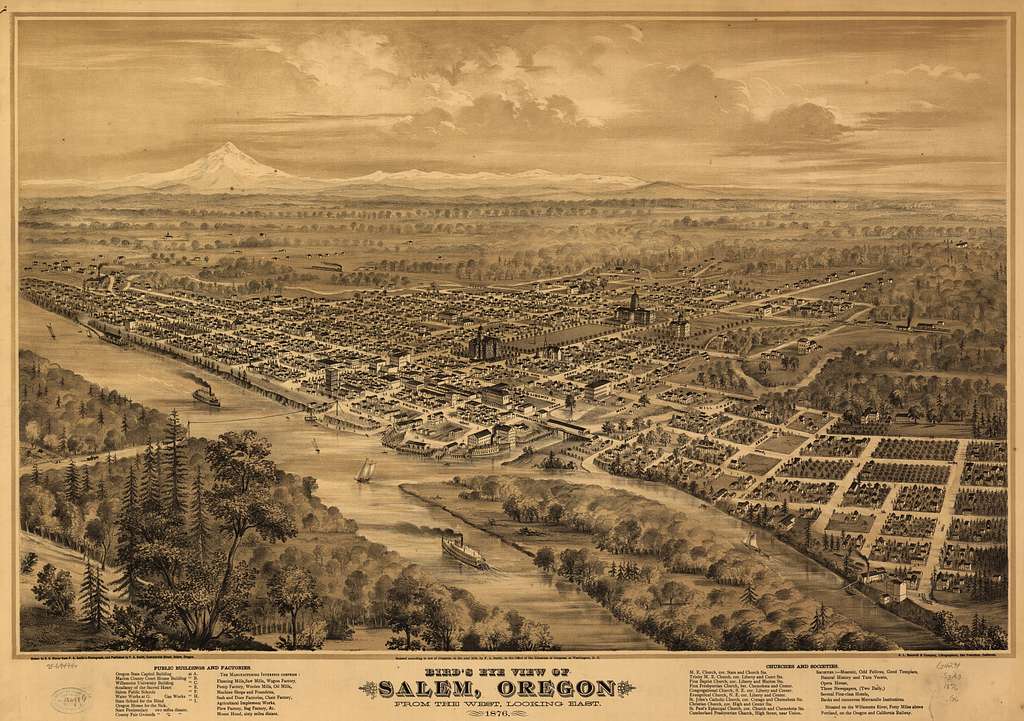
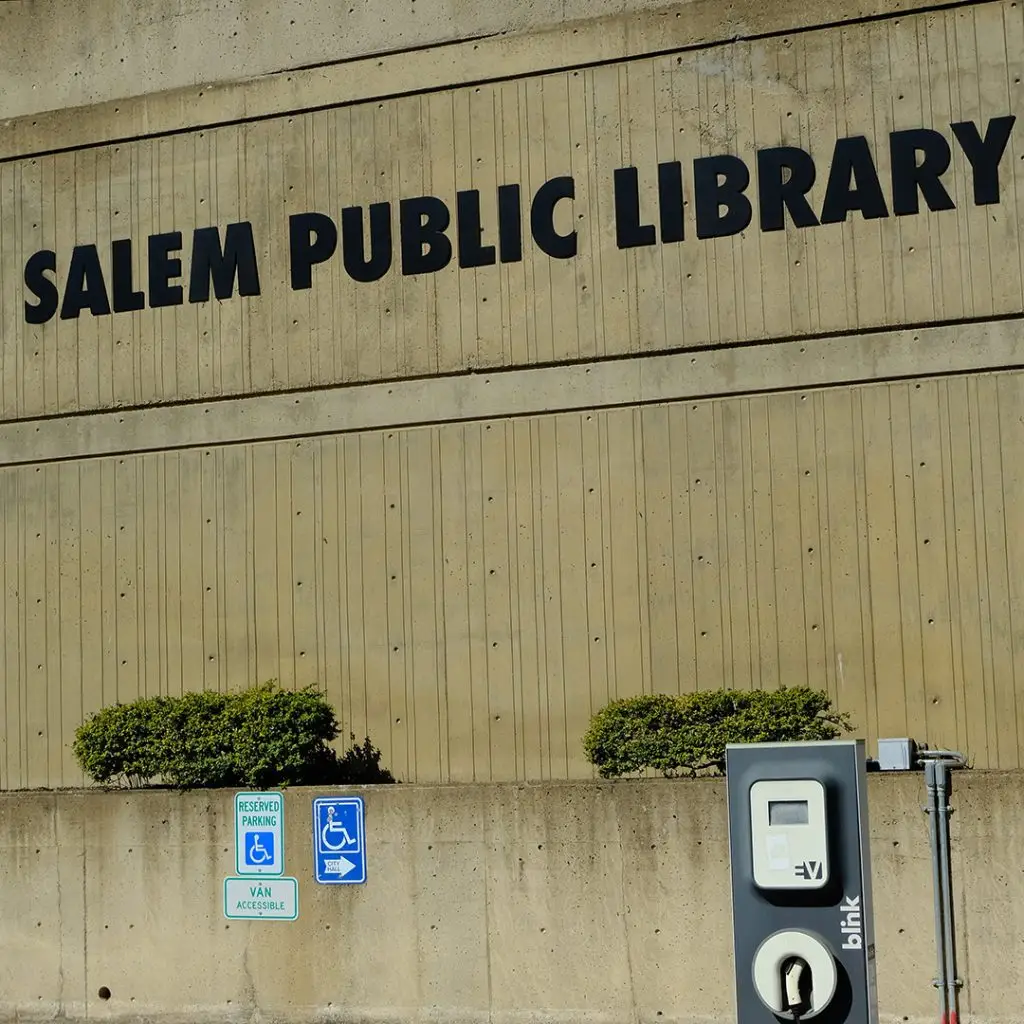
Towns throughout the United States have a standard array of buildings to handle civic functions, such as police and fire stations, city halls, and public schools. However grand, imposing, or utilitarian these spaces might be, these buildings are seldom the true centers of their communities. In Salem, as in so many other places across the continent, it is our public library that might be considered our city’s beating heart. Along with parks, libraries are one of the few really public places left in our society where one can be without the expectation of spending money. The library is a place where neighbors – both housed and unhoused – meet in relative equality; a place where tools of knowledge, understanding, and enjoyment are freely available to all.
LifeSource is celebrating our local libraries this Saturday, April 9, from 10-3, where you can get your library card from the Salem Public Library and the Keizer Community Library, enter for a chance to win a free book, and hear LifeSource’s own Caroline Holm read from her new book, Woodland (she’ll be selling and signing copies too!). We’ll also have the grand opening of our new Little Free Library: bring a book to donate and we’ll give you an extra entry in our book drawing.

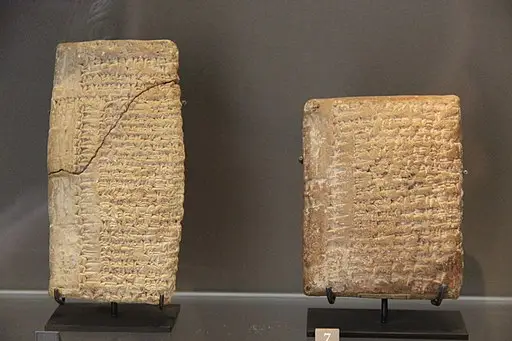
Libraries have been around for as long as books (or scrolls, codices, or clay tablets), but for much of written history, libraries have been the province of elites, whether rulers, priests, or scholarly bureaucrats. The Great Library at Alexandria was the largest of many libraries of the ancient world, but while greatly renowned, it was in no sense a public library, reserved instead for scholars working with the sanction of the Ptolemaic rulers of Egypt. Elites throughout the ages collected texts in royal libraries and monasteries. Occasionally, these libraries were opened to the public, as under the reign of Caliph al-Hakim bi-Amr Allah (985-1021) in Cairo, but this was the exception to the rule.
The transmission of the written word changed dramatically after the invention of the printing press. While still treasured, books were no longer necessarily the handwritten treasures they had been. During the Protestant Reformation in Europe, many ordinary people were able to acquire Bibles and learn to read them for the first time. Yet collections of texts were still out of reach for most people. The lineage of modern libraries can be traced in part to the literary salons of 17th and 18th century France. Excluded from institutions of higher education, women organized salons to discuss and exchange new works of science, philosophy, and literature, and it was from these exchanges of ideas that notions of the freedom of thought, expression, and knowledge began to circulate in Europe.
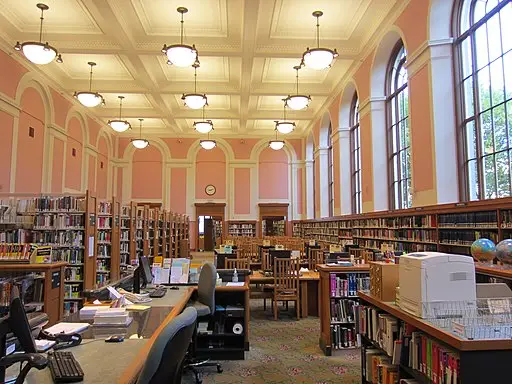
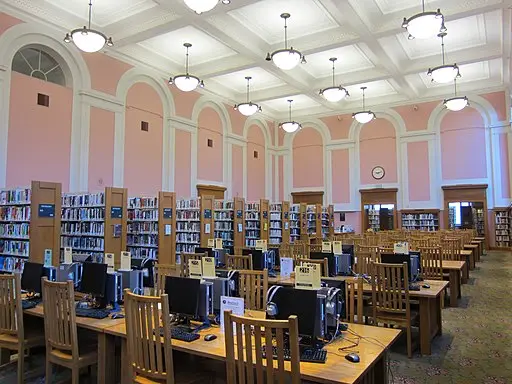
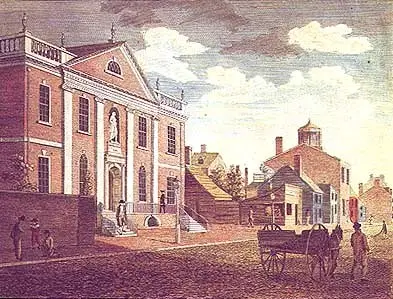
While public libraries as we know them were still many years away, some Europeans began organizing what we might think of today as library cooperatives, where patrons paid a membership fee or subscription to access a library’s collection. Benjamin Franklin and others organized the first such membership library in colonial America, the Library Company, in the 1730s.
In 1778, farmers in Massachusetts incorporated a new town, which they named after Franklin. Several years later, residents of the town wrote to Franklin himself, asking him to donate a bell for their church’s steeple. “I have advis’d the sparing themselves the Expence of a Steeple for the present,” Franklin wrote, “and that they would accept of books instead of a bell, Sense being preferable to Sound.” The town voted to make the books donated by Franklin freely available to townspeople, creating the United States’ first public library.
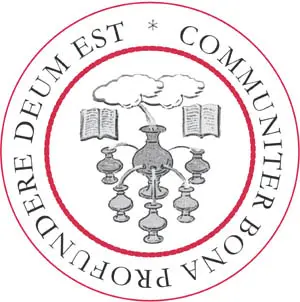
But it was not until after the Civil War that public libraries really began to spread across the US. Associated to some degree with the Temperance Movement in both the US and Britain, public libraries were conceived of as spaces for the public to go instead of pubs and taverns. The arguments made in favor of libraries sound not dissimilar to those made in recent years in favor of public support for after-school programs, designed to reduce gang violence by giving kids something constructive to do in their spare time. In the decades around the turn of the 20th century, as immigrants arrives in large numbers, libraries took on different, and sometimes contradictory, roles. Some libraries attempted to serve these new communities by acquiring collections in the languages of these groups, such as Polish or Spanish; other libraries took on the task of assimilating and Anglicizing immigrants.
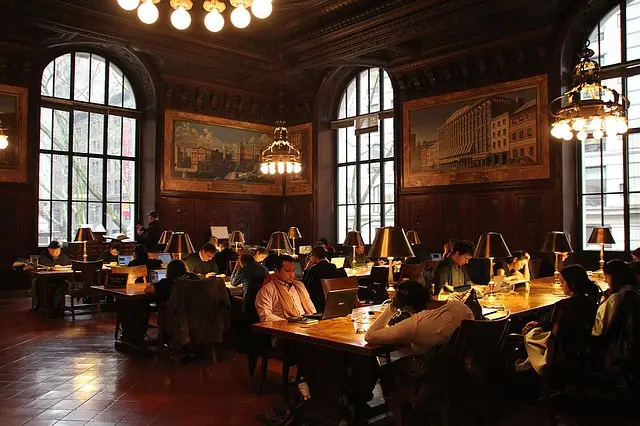
By the early 1900s, public libraries were well established throughout the US. While librarians had initially been almost exclusively male, women soon made up the majority of library staff, making library work some of the first reputable, professional work available to educated white women. While most libraries were still nominally directed by men, they were functionally run by women (who, unsurprisingly, were paid much less than their male counterparts).
A few cities, like Atlanta, had library branches dedicated to serving the Black community, and in other Southern cities, some libraries had perhaps one day each week when they would be closed to white patrons and open to Black ones, but by and large, segregation meant that Black people had little, if any, access to public libraries. During the early ‘60s, protesters conducted sit-ins at segregated libraries in places like Jackson, Mississippi, and Albany, Georgia; in 1963, a white mob attacked two Black ministers when they attempted to integrate the public library in Anniston, Alabama. The Civil Rights Act of 1964 explicitly outlawed discrimination in public facilities like libraries, and for the first time libraries became legally accessible to all people throughout the country.
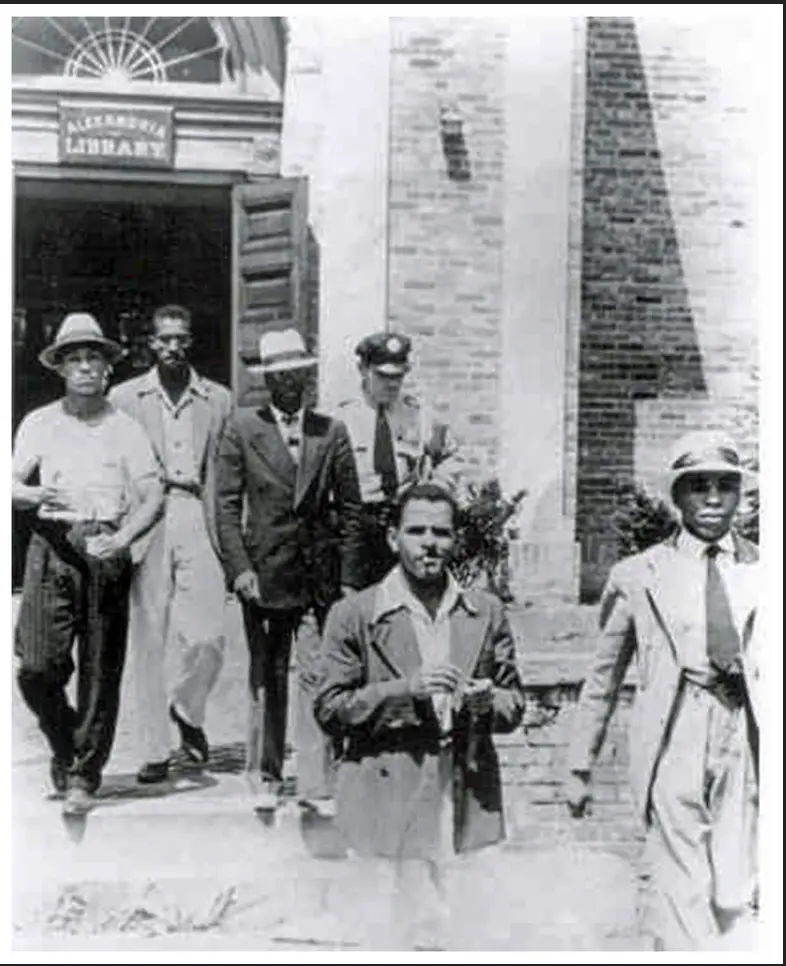
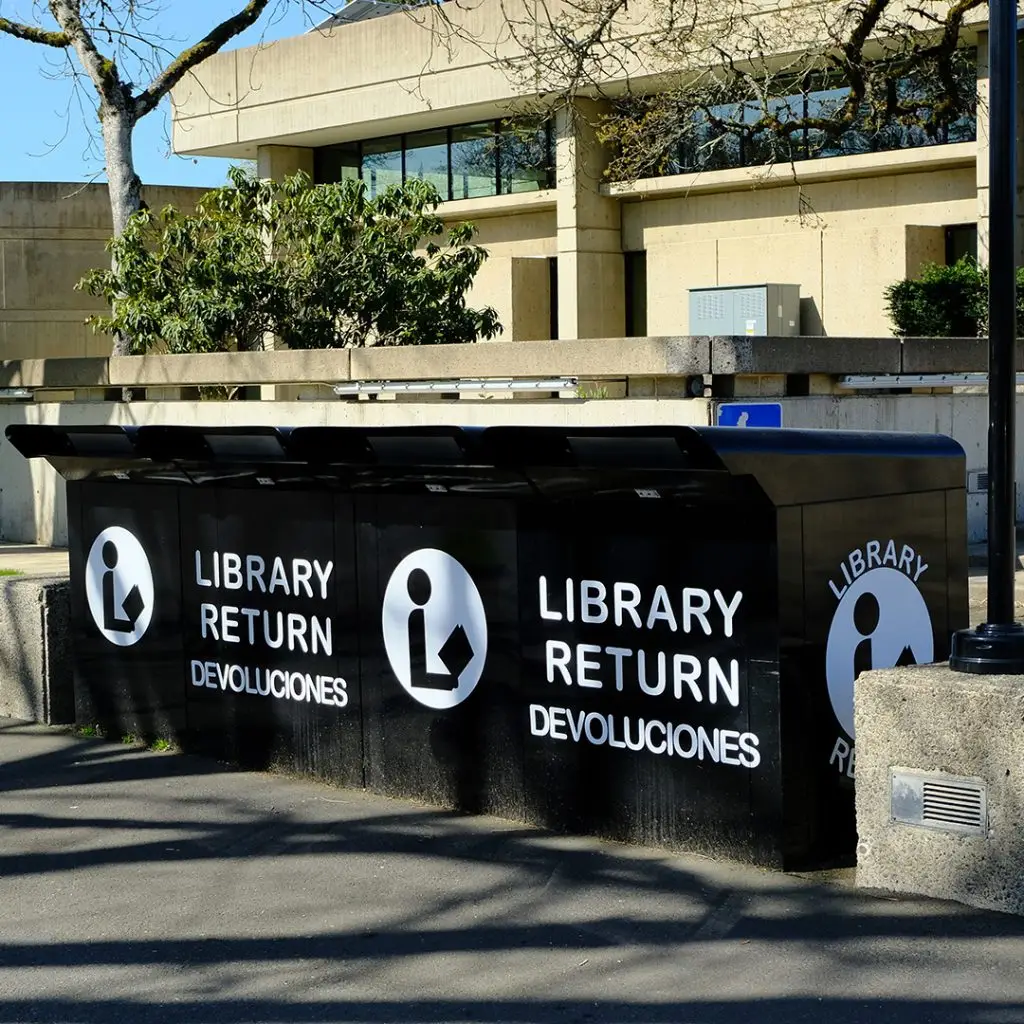
Today, public libraries are well-established throughout the United States, and are often the most trusted and beloved public institutions in their communities. But that doesn’t mean they don’t face significant challenges. In 2007, the public library system in Jackson County, Oregon, was shuttered due to a $23 million budget shortfall. While all 15 libraries have since reopened, many continue to operate on shoestring budgets with extremely limited hours. The Prospect branch library, for instance, is only open four hours a day, three days per week. Over the last two years of the COVID-19 pandemic, many libraries throughout the country, including Salem’s, closed their doors for periods of many months, accelerating the use of expensive electronic resources.
Libraries can continue to be the centers of our communities as they have been for decades, but they need the support of those communities. The recent renovation of Salem’s main branch is a case in point: thanks to community support, a seismic retrofit means that the building is better able to withstand future earthquakes – just one more way the library contributes to our town’s health and safety.
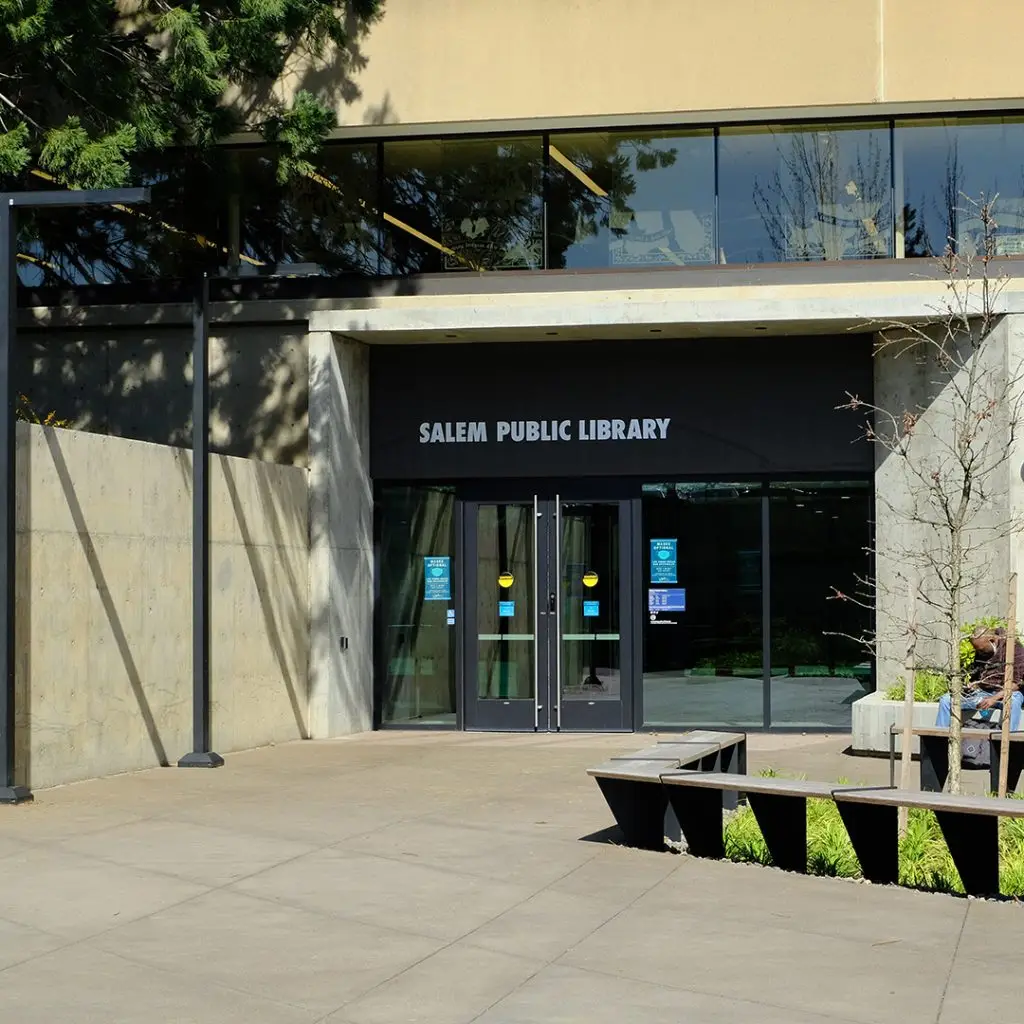



Leave a Reply